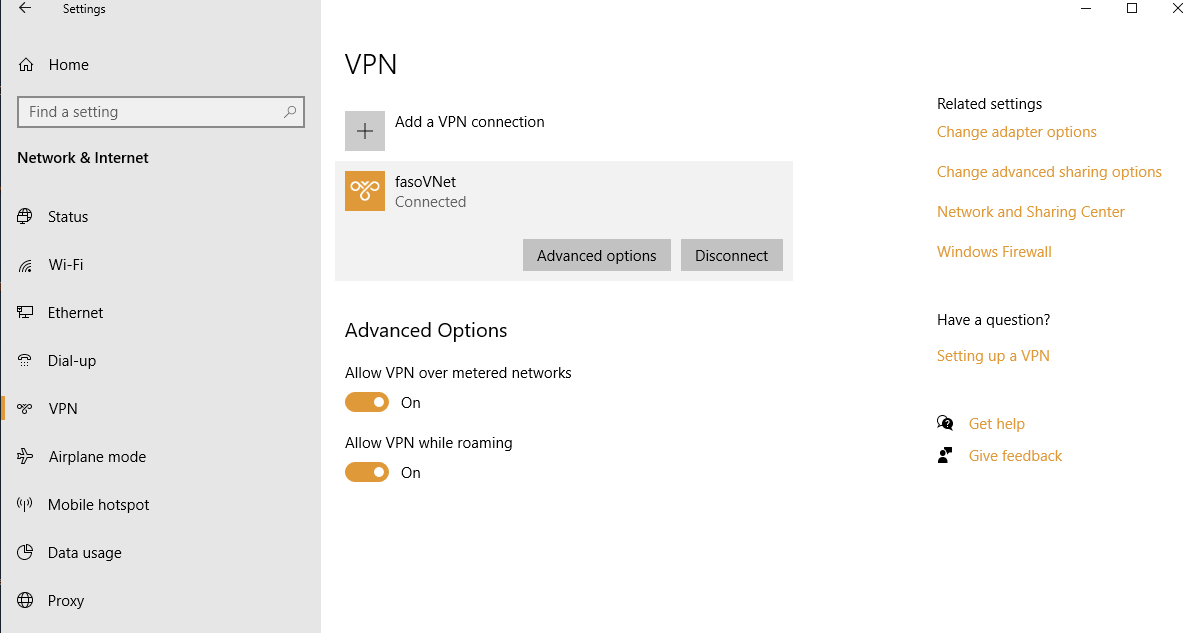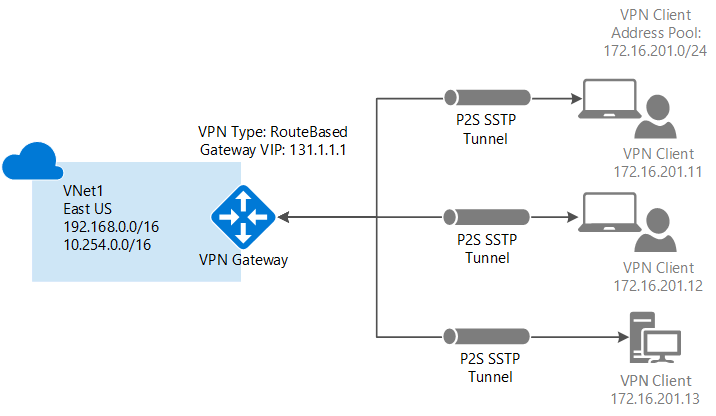

You install this package and then whenever connecting you're greeted with a connection screen that you might of seen in a previous life.

This is accessed from within the Azure "Networks" page for your virtual network. They then get you to download a package for setting up the Azure VPN RAS dialler on your local machine. When you first go to setup a Point-to-site VPN into your Azure virtual network Microsoft points you at a page that walks you through creating a client certificate on your local machine to use as authentication. What the Azure Point-to-Site looks like out of the box Not really the best case scenario – especially when you remind yourself that automated builds aim to do away with human error altogether. If you want to keep your servers behind a private network in Azure and use continuous deployment to get your code into production this makes it hard to deploywithout a human being around. When you run the Azure VPN through the command line you get this (you'll see a hint as to why I'd be using Azure Point-to-site in this screenshot): It's something else, something mysterious - not a normal native Windows VPN connection. The Azure pre-packaged VPN doesn't allow this because it's really just not a normal VPN.

Normally when you want to launch a VPN from the CLI or PowerShell in Windows you can simply use the following command: rasdial "My home VPN" Current state of play = No Command line VPN connections Azure Point-to-Site VPNs use client certificates to secure connections which can be quite complicated to configure so Microsoft has gone the extra mile to make it easy for you to configure and get setup – sadly at the cost of losing the ability to connect through the command line or through PowerShell – Let's change that. When configuring an Azure Virtual Network one of the most common things you'll want to do is setup a Point-to-Site VPN so that you can actually get to your servers to manage and maintain them.


 0 kommentar(er)
0 kommentar(er)
